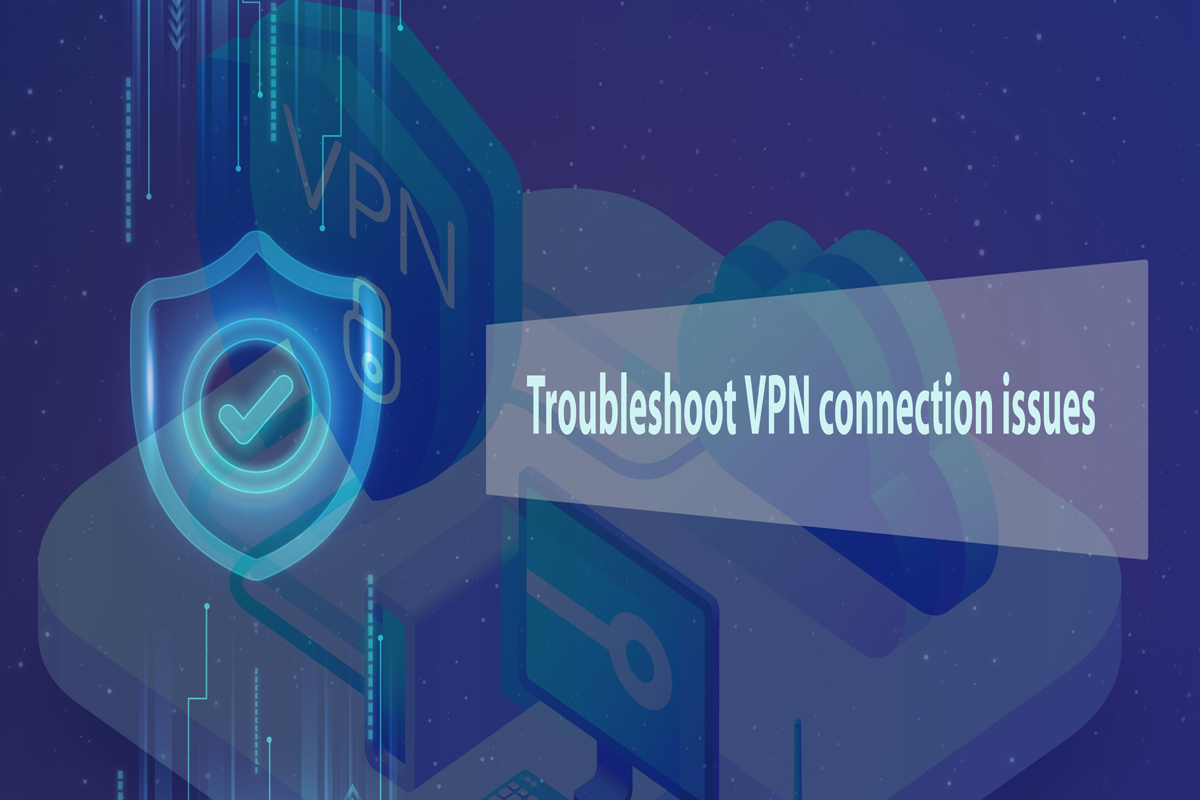Featured
Table of Contents
Why Are Streaming Services Blocked While Connected To ...

The Routing and Remote Gain access to snap-in lives within the Microsoft Management Console, referred to as the MMC. There are several ways to access the MMC. You can choose the console from the Start menu's Programs options, within the Administrative Tools folder within Windows server's Control Panel or by typing mmc at a command prompt.
As Tech, Republic's Brandon Vigliarolo demonstrates within his video at the start of this article, the Providers console displays the status of the Routing and Remote Access entry. From within the Providers console and with the Routing and Remote Gain access to entry highlighted, you can click Start the Service or right-click the entry and select Restart.
Often the VPN client and VPN server are set to using various authentication methods. Verify whether an authentication error is the issue by opening the server console. Another technique of accessing the MMC is to type Control+R to open a command timely in which you can type mmc and hit Enter or click OK.
If the entry isn't present, click File, choose Add/Remove Snap-in, pick the Routing and Remote Access choice from the choices and click Add, then OK. With the Routing and Remote Access snap-in added, right-click on the VPN server and click Properties. Examine the Security tab to validate the authentication approach.
Troubleshooting Vpn Passthrough For Home Routers - Answer
Guarantee the VPN client is set to the authentication approach defined within the Security tab. Usually the products simply evaluated are responsible for a lot of VPN connection refusal errors.
IP addresses are another essential aspect for which administration must be correctly set. Each Web-based VPN connection usually utilizes two different IP addresses for the VPN customer computer system. The very first IP address is the one that was appointed by the customer's ISP. This is the IP address that's used to develop the preliminary TCP/IP connection to the VPN server over the Web.

This IP address normally has the same subnet as the local network and thus permits the client to interact with the local network. When you established the VPN server, you need to set up a DHCP server to designate addresses to clients, or you can create a bank of IP addresses to assign to customers straight from the VPN server.

If this choice is picked and the efficient remote access policy is set to permit remote gain access to, the user will be able to connect to the VPN. I have been unable to re-create the scenario personally, I have actually heard rumors that a bug exists in older Windows servers that can trigger the connection to be accepted even if the effective remote gain access to policy is set to deny a user's connection.
Troubleshooting Openvpn - Pfsense Documentation

Another typical VPN issue is that a connection is effectively established but the remote user is not able to access the network beyond the VPN server. By far, the most common cause of this problem is that permission hasn't been approved for the user to access the entire network. To allow a user to access the entire network, go to the Routing and Remote Access console and right-click on the VPN server that's having the issue.
At the top of the IP tab is an Enable IP Routing check box. If this check box is allowed, VPN users will be able to access the rest of the network, assuming network firewall softwares and security-as-a-service settings permit. If the checkbox is not chosen, these users will have the ability to gain access to only the VPN server, however nothing beyond.
For example, if a user is dialing straight into the VPN server, it's normally best to set up a fixed path in between the customer and the server. You can set up a fixed route by going to the Dial In tab of the user's properties sheet in Active Directory Users and Computers and selecting the Apply A Fixed Route check box.
Click the Include Path button and after that enter the location IP address and network mask in the space offered. The metric need to be left at 1. If you're using a DHCP server to designate IP addresses to customers, there are a couple of other issues that could cause users not to be able to surpass the VPN server.
Troubleshooting Ipsec
If the DHCP server designates the user an IP address that is currently in use elsewhere on the network, Windows will find the conflict and avoid the user from accessing the rest of the network. Another typical issue is the user not getting an address at all. Many of the time, if the DHCP server can't designate the user an IP address, the connection will not make it this far.
254.x. x variety. If the client is designated an address in a range that's not present within the system's routing tables, the user will be not able to browse the network beyond the VPN server. Other problems can add to this problem, too. Make sure the resources the user is attempting to access are in fact on the network to which the user is linking.
A VPN connection to the other subnet might, in truth, be needed. A firewall software or security as a service option might likewise be to blame, so do not forget to evaluate those solutions' settings, if such parts are present in between the VPN server and the resources the user looks for to reach.
The first possibility is that a person or more of the routers included is carrying out IP packet filtering. IP packet filtering could avoid IP tunnel traffic. I recommend inspecting the client, the server and any devices in between for IP package filters. You can do this by clicking the Advanced button on each machine's TCP/IP Residences sheet, selecting the Options tab from the Advanced TCP/IP Settings Characteristic sheet, selecting TCP/IP Filtering and clicking the Characteristics button.
Latest Posts
Best Vpn Services Of 2023 - Security.org
What Is A Vpn Tunnel And How Does It Work?
The Best Vpn Services 2023